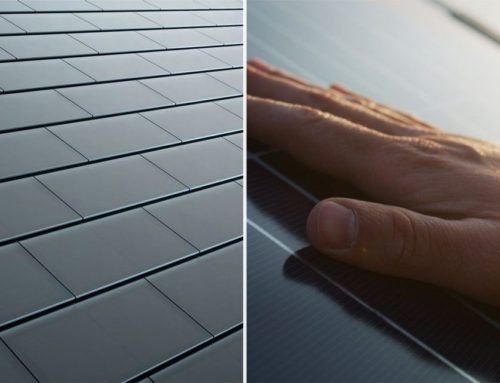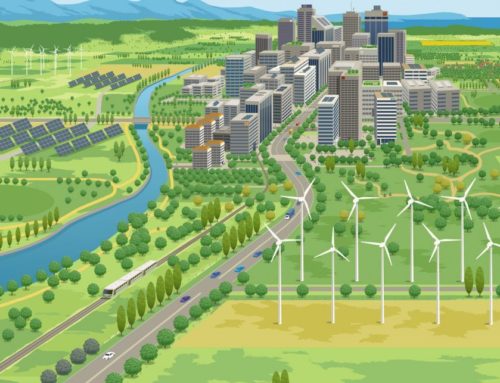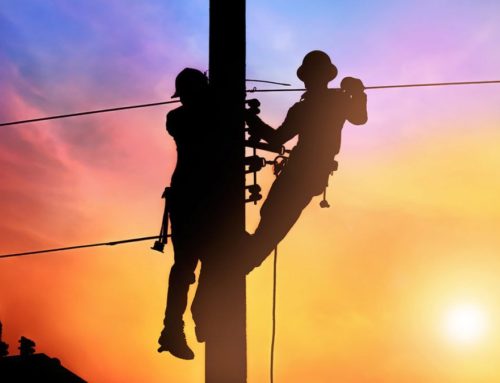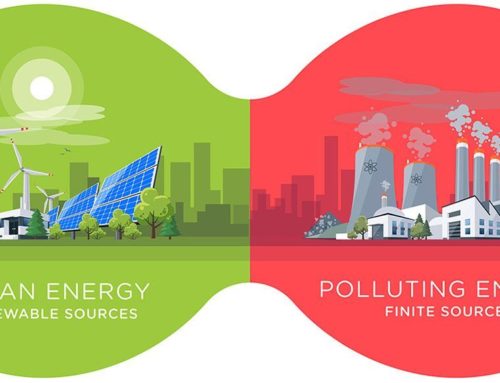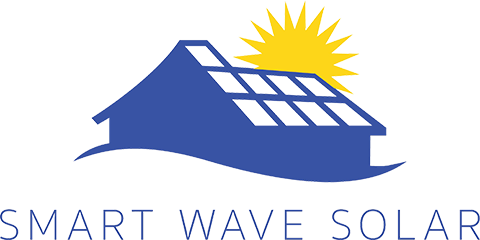We all know coal and other non-renewable resources are limited and will run out completely at some point. With that in mind, other options needed to be cultivated and explored, especially as our world and its population continued to evolve and expand.
Years ago, researchers began looking into the possibilities of harnessing naturally existing elements in our world for power. These elements included:
- Water energy
- Wind energy
- Solar energy
Advances in all three areas of natural power have occurred over the years—though none has been quite so easy to harness and scale as solar energy. Each and every day, our sun shines down on us. The power of those rays can be seen in sunburns on overcast days. To harness this power, the solar panel was invented.
But how do solar panels work? Let’s take a closer look at this question and others related to this form of harnessing energy.
Solar Panels and How They Work
There are two types of current energy: direct current (DC) and alternating current (AC). Solar panels absorb sunlight with photovoltaic cells that generate direct current energy. That type of energy is then converted into alternating current energy with inverter technology.
We use AC energy to power most of our home’s electricity. The AC energy is distributed through a given house’s electrical panel. Extra electricity generated by solar panels is fed into the electric grid.
How Solar Panels Make Electricity
The process of taking sunlight and converting it to electricity involves a step-by-step process that is handled by the construction and makeup of the solar panel itself.
A standard solar panel is made up of the following layers and components:
- Layer of silicon cells
- Metal frame
- Glass casing
- Wiring to conduct electricity
Silicon is a nonmetal element that is able to absorb and convert sunlight into electricity. Light from the sun’s rays interacts with the silicon cells, causing electrons to begin moving about. This movement initiates a flow of electricity. This reaction is known as the photovoltaic effect.
How Do Solar Panels Work on a House?
The next step in the process is converting the energy generated by moving electrons into an alternating current that can be utilized within a house. Turning lights on, plugging in a computer, using the washer and dryer—all of these elements and many others inside our houses require electricity to function properly.
Most homes are connected to an electrical grid with a utility meter that an energy provider can use to measure and supply power to the home. Solar panels can be connected to this energy grid and their contributions to your house’s power supply are measured by the utility meter.
For most homeowners, solar energy works the exact same way as any other energy used throughout your house. It is distributed through the house by way of your electrical panel.
How Do Solar Panels Work at Night?
Getting a sunburn on a cloudy day, as mentioned earlier, demonstrates the power of the sun’s rays. So even on days when it is overcast and not a lot of direct sunlight is coming through the cloud coverage, solar panels can still gather some level of solar power.
The electric utility meter on your home will be used to measure any excess buildup of power on a particularly sunny day when no one is home and the panels are functioning. In this instance, your utility company might need to provide you with credit for any surplus power you send back into the grid.
But what about during the nighttime? How do solar panels work at night? Because they need solar energy in some form or other (whether on a cloudy day or a bright one), solar panels cannot operate at night, not without solar rays.
What About Moonlight?
Panels have been known to pick up some energy from the moon if it is particularly bright, or even from nearby street lights or lamps, but without a constant flow of light, they won’t generate enough electricity worth mentioning.
Energy Credits to the Rescue
Don’t forget about the excess energy that you didn’t use throughout the sunny day, however. Although your solar panels won’t be actively converting light into energy during the night, if you have the right number of panels on your home, capable of producing at the right level of efficiency, you should collect enough energy during the day to cover you overnight as well. The credits from the utility grid should mean everything works out.
Solutions for Backup Energy
Some homes aren’t built on the electrical grid. How do they obtain power? Even if they are connected, what if there’s an emergency situation and power from the grid is cut off? At Smart Wave Solar, we have the solution.
We offer backup batteries that we’ll even install for free. These can store excess energy to provide electricity to your home, whether you’re connected to an electrical grid or not.
Learn More with Smart Wave Solar
If you have further questions about solar panels, how they work, and how they can benefit your energy input in your home, request a bid today.

